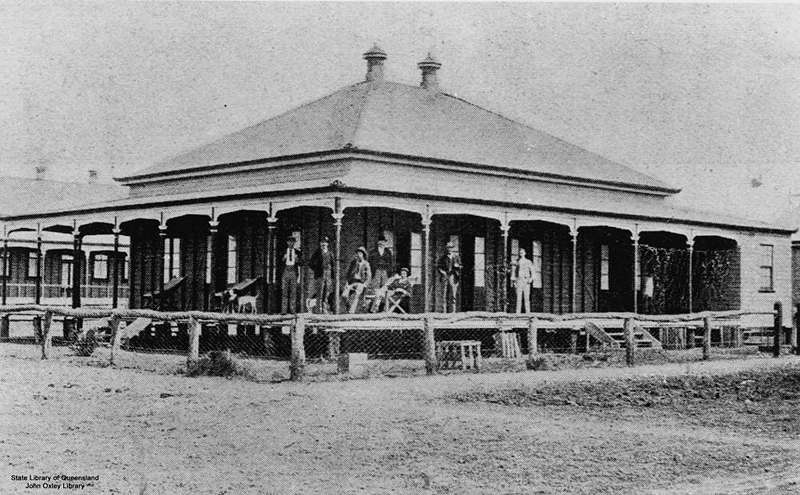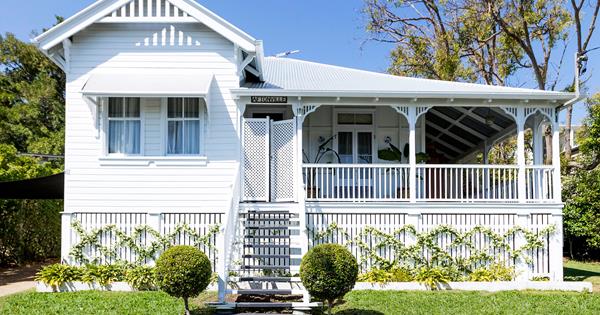
Taking a closer look at this iconic Australian home, it appears it may just be the home for the future.
“The Queenslander”- evoking images of the laid back quintessential Australian lifestyle with its wrap around verandahs, ornate woodwork and pressed metal ceilings, are in stark contrast to the three bed, brick veneer, monotonously bland, master planned homes that have overtaken our suburban landscape.
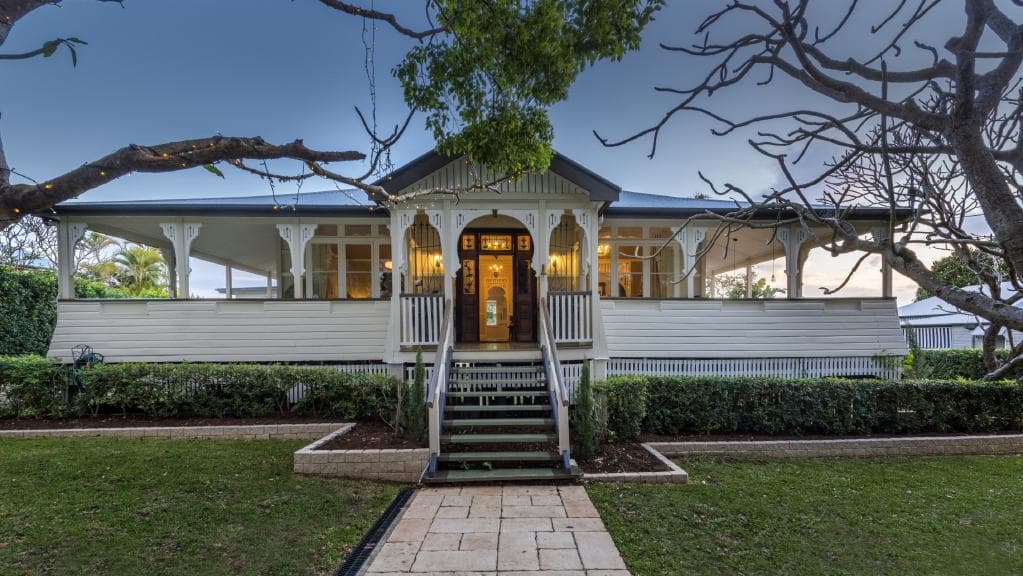
These project homes have become popular due to less ongoing maintenance and upkeep, the ability to maximise the ratio of the footprint of the building to its site, and keeping the initial building costs to a minimum.
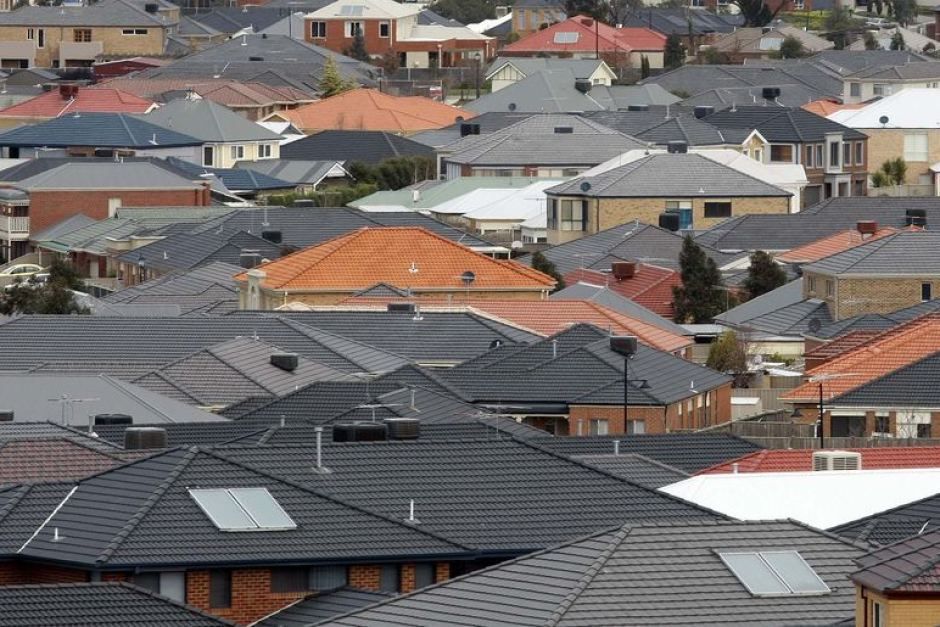
But with all their apparent positives, the majority of these “modern” homes do not address their local context or climate, and as far as the environment is concerned, it appears they are much less friendly than the original and much admired, Queenslander.
So what makes a Queenslander a “Queenslander”.
1.The piers
Built on wooden piers, this simple building feature is much more effective than what is first assumed.
It provides:
Minimal excavation
The Queenslander “touches the earth lightly”. The elevation of the light timber-framed structure means it can be placed on variable terrain, allowing a flat floor to be built on a sloping site with minimal ground excavation.
Natural air-conditioning
The raising of the house also allows high level prevailing breezes to be captured inside, and ventilation or a cool pool of air beneath the floor, helps to cool it from below.
Protection
Keeping the home off the ground also provides protection from the white ants.
2. Expansive verandahs
Verandahs often frame the front and back of the Queenslander, and sometimes completely encircle it.
They were designed for the ultimate indoor and outdoor living – ideal for sitting out on during the day, or sleeping on during the night.
The wide, covered verandahs provided protection from the harsh sun and excessive downpours – for the residents, as well as for the laundry!
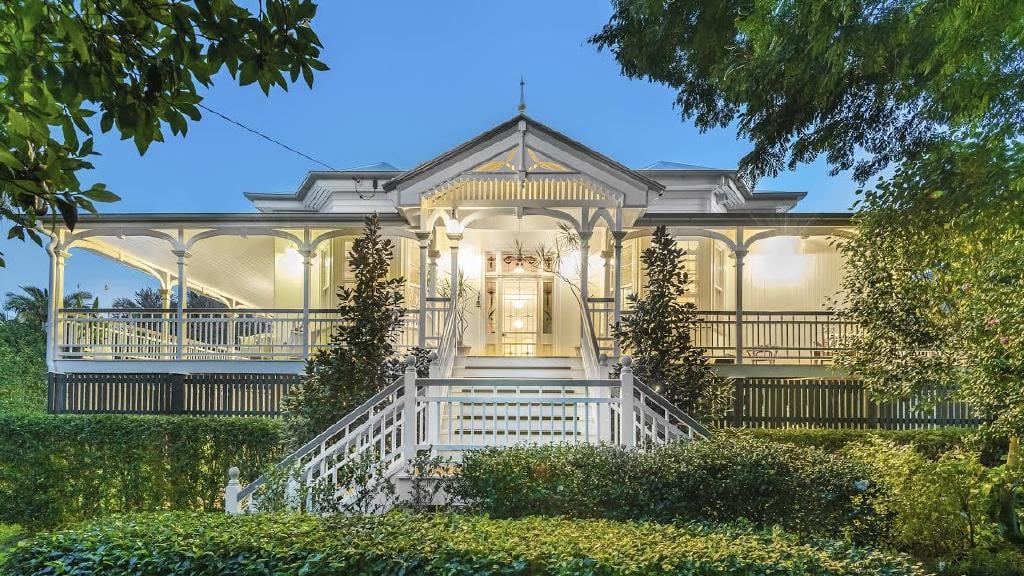
3. Decorative timberwork
Queenslanders gained much of their character and charm from their exterior timberwork. Originally used to provide privacy and shelter from the subtropical climate, it quickly became a highly visual feature. Decorative and functional features, such as balustrades, pediments, column brackets, timber screens, and fretwork embellished the verandahs, gables and stairways.
4. The roof
The steeply pitched corrugated iron roofs are lightweight, durable and fire-resistant, and allow for high, cooling ceilings below.
5. Lightweight materials
Their light timber frames and corrugated iron materials make Queenslanders simple to modify and adapt to the changing needs of the occupants. They can be raised, or simply transported to another site on the back of a truck.
This recycling of a house must be the ultimate sustainable design solution ever.
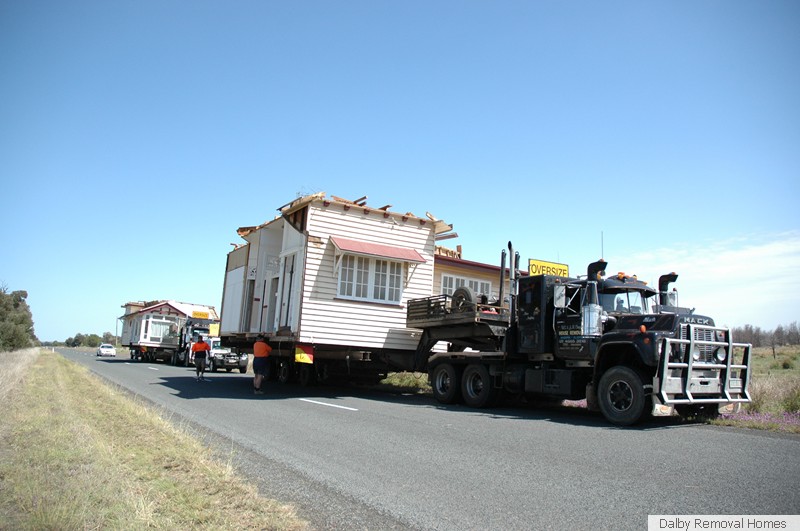
Do all of these features of the Queenslander make it a better home for the future?
Quite possibly.
With recent concerns about high-energy consumption and costs, architects and planners are once again embracing the importance of energy-efficient sustainable design and selection of local building materials.
The Queenslander is designed for the climate, providing natural ventilation and protection from the elements it faces.
While technology enables us to source affordable building materials globally, architects are now taking embodied energy, lost through transporting these materials to the building site, into account. Not only is there a concern about initial building costs, but whole life-cycle costs are now also on the radar and efficient climate responsive designs are valued.
For those living in the sub-tropical or tropical regional of Australia, all this means a return to, and perhaps a reinterpretation of, the essential and architectural traditions of the classic Queenslander, whose design can be easily modified to suit the contemporary lifestyle.
The Queenslander- beautiful, enduring and definitely here to stay.
